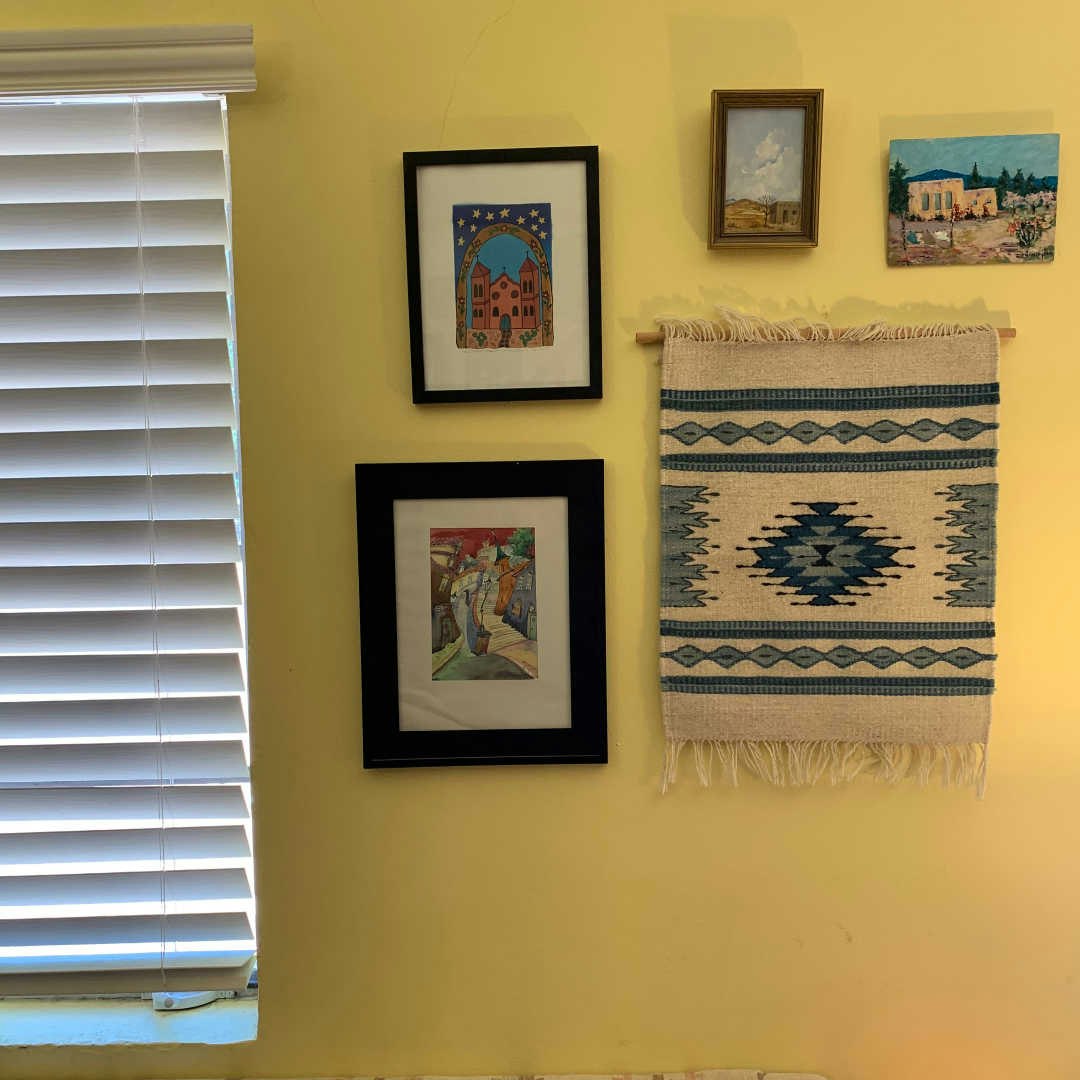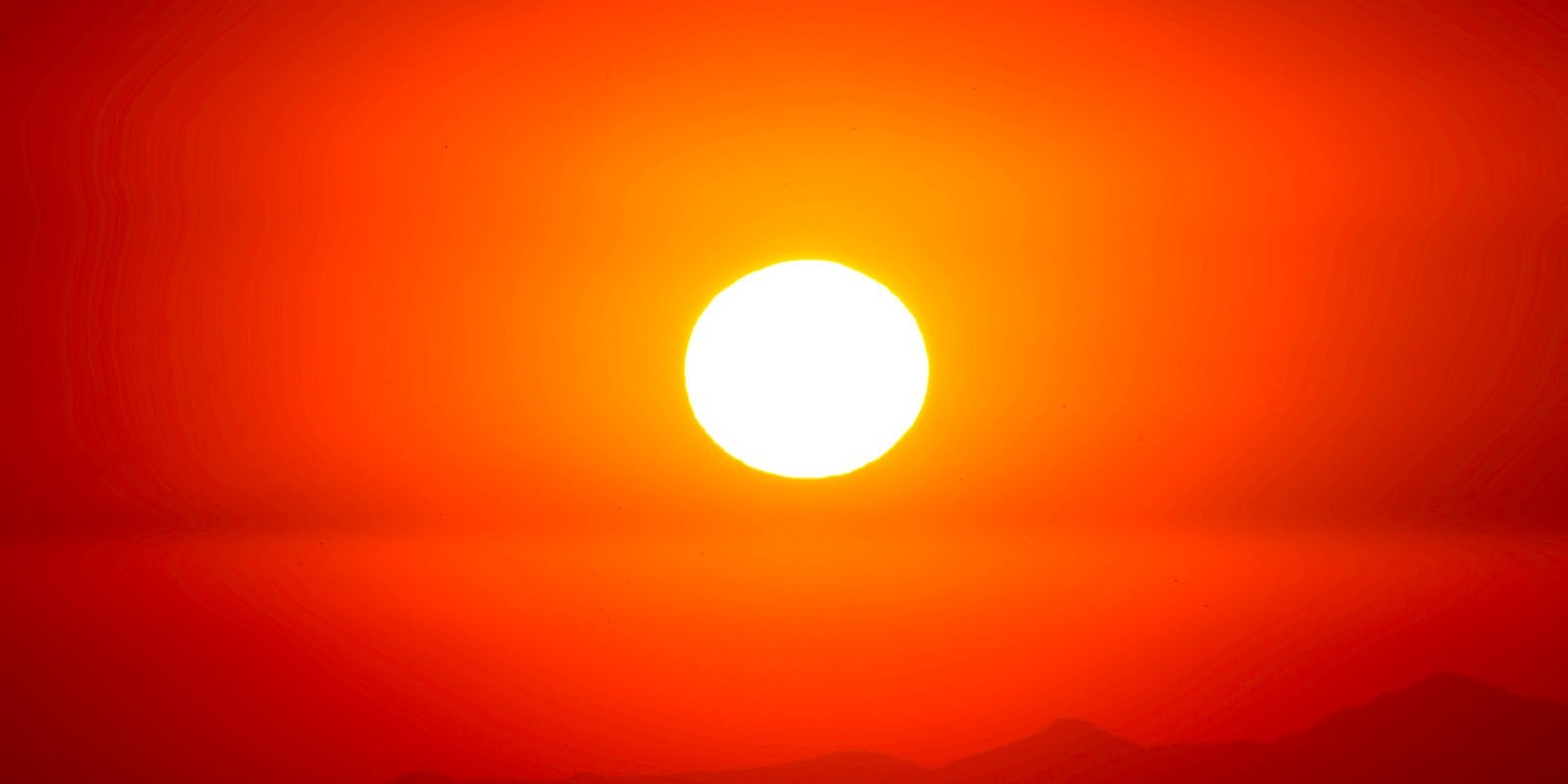My past 3 posts have focused on mounting and displaying textiles safely directly on the wall, in frames, and in shadow boxes. Now, I’d like to focus a bit on the biggest enemy of most textiles on display: light. If you’ve ever wondered why museums keep their special textiles exhibits so dark and dim, you’ll find this information “illuminating.”
All light—both Ultraviolet (UV) and visible light—causes all colored textiles to fade over time. Direct sunlight with no filters will do the most damage the quickest, but even household lights cause damage over time. Cloth dyed with natural dyes is the most susceptible to light damage in the form of discoloration. (I’ve heard, but not confirmed, that mud cloth is the exception to this rule, but I still wouldn’t chance it.) Textiles dyed with commercial, chemicals dyes are quite a bit hardier but will still fade over time.
Along with causing colors to fade, light can also damage the fibers of a textile causing them to become brittle and break down much faster. The ability of a textile to handle direct light—especially direct sunlight—depends on dyes used, age of the textile, and the fiber or fibers used. If you have any questions or concerns about your textile and its photosensitivity, I highly suggest consulting a conservator or the collections manager at a local museum.
If you plan to display a textile in a frame—either mounted or as a shadow box—the easiest way to protect the textile from light damage is to use a glazing with a UV filter of some sort. You can have this done at a professional frame shop or you can buy frames that come with UV filter glass. (While doing a quick search online, I saw that some companies are even selling “archival” frames that come with UV filtering glass, acid-free matboard, and acid-free backing, all cut to size.) Whatever option you choose, ideally, you’ll want a glass that can filter out at least 90% of UVA and UVB rays. For particularly delicate textiles, such as those with natural dyes, I’d go for the ones that filter at least 98% of all UV rays. Don’t trust glass that lists only UVB filtering capabilities—common household glass by itself filters out 97% of UVB rays but doesn’t do much to filter out UVA, so you need a glass that filters both.

This naturally dyed, handwoven wall hanging is kept safer from light by placing it next to a window. This prevents the piece from seeing any direct sunlight during the day. Photo credit by Christina Garton
What about textiles that must be hung up without a frame, such as tapestries or wall hangings? In these cases, you’ll want to think carefully about the location of the textile. Textiles of any kind should never be displayed in a place where they get direct sunlight (this is true even for framed textiles with UV filters), and the less light of any kind a textile receives, the better. I have several unframed textiles on display in my home, and all are in main rooms, strategically placed so they never see direct sunlight. The more delicate the textile, the further away I put it from a light source.
The type of lightbulbs you use can also impact your textiles. Compact fluorescent bulbs give off UV rays. The amount of UV radiation released depends on whether a bulb has single or double enveloping, and researchers have found that even different bulbs within the same box often release different levels. LED lights, on the other hand, give off almost no UV rays and are the safest choice for textiles.
Along with keeping your textile away from light, the best thing you can do is to rotate the most delicate of textiles on display. I have a naturally dyed kilim from Turkey that I love so very much, but I know that in a few months, I’ll need to remove it from its place of pride on my wall to give it a break. I’ll do the same once I hang and display my 1930s Navajo rug. As much as I love seeing my extra-special textiles every day, their longevity matters more, and I want to keep them safe and bright for as long as I can. (Also of note: my advice can and should also be applied to watercolor paintings, which are also far more prone to fading than art done with other paints.)
Resources
- How Do UV Filters Work in Picture Frames?
- How do I Find a Conservator in My Area?
- Rethinking Using Single Envelope CFLs in Photosensitive Patients
- Ultraviolet Filters
Christina Garton is the editor of Easy Weaving with Little Looms.
Originally published July 17, 2020; updated March 3, 2023.

